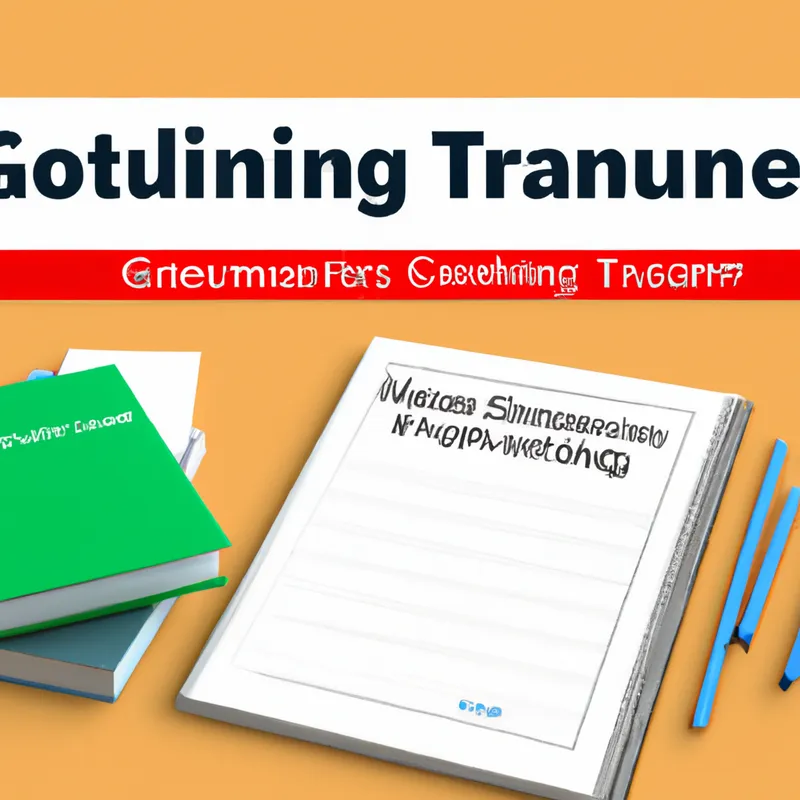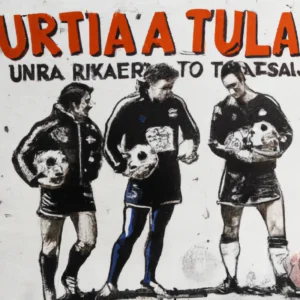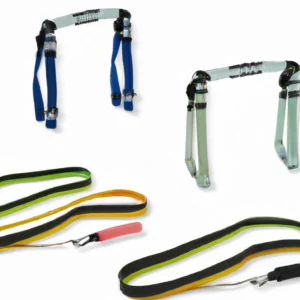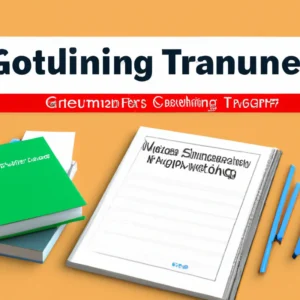Elevate Group Learning with Strategic Curriculum Planning
How to Build a Curriculum for Online Group Training
Creating a curriculum for online group training offers a rewarding experience. You can share knowledge and skills with a larger audience. This fosters collaboration and collective learning. However, crafting an effective curriculum requires careful planning and organization. You must deeply understand your audience’s needs. In this blog post, I will guide you through essential steps to build a successful online training program that educates and engages participants.
Understand Your Audience
Before developing your curriculum, understand your audience. Identify their needs, skill levels, and learning preferences. Use surveys, questionnaires, or informal interviews for this purpose. Knowing your audience helps you tailor your content effectively. This ensures your material resonates with them.
Consider creating personas for different audience segments. Include demographic information, professional background, learning goals, and potential challenges. Visualizing your participants helps you design content that speaks directly to them.
Define Learning Objectives
Next, define clear learning objectives. Determine what you want participants to achieve by the end of the training. Establish specific, measurable, achievable, relevant, and time-bound (SMART) objectives. For example, say, “Understand three key strategies for effective digital marketing and create a basic digital marketing plan by the end of the course.”
These objectives serve as a roadmap for you and the participants. They clarify expectations and help you focus on essential content that aligns with your training goals.
Assess Available Resources
After defining your objectives, assess your available resources. Consider the technology, delivery platforms, and materials at your disposal. Will you use video, written content, or interactive activities? Also, check if you have necessary tools for communication and collaboration. This includes discussion forums, video conferencing software, and learning management systems (LMS).
This resource assessment helps you design a curriculum that fits your capabilities. It ensures you can execute your plan smoothly without technical difficulties.
Design the Curriculum Structure
Now that you understand your audience and resources, design your curriculum’s structure. Break your content into modules or units, each focusing on a specific topic. A well-structured curriculum provides a logical progression of ideas. It helps participants build their knowledge incrementally.
Create Engaging Content
Engagement is key in online training. Use a mix of multimedia elements like videos, infographics, podcasts, and presentations to keep content dynamic. Incorporate quizzes, polls, and discussion prompts to encourage participation and interaction. Using varied content types caters to different learning styles—visual, auditory, and kinesthetic—ensuring all participants can engage effectively.
Keep your content relevant and engaging.
Conclusion
In conclusion, follow these steps to create an effective online training curriculum. Understand your audience, define clear objectives, assess resources, and design engaging content.
Below are related products based on this post:
FAQ
What is the first step in building a curriculum for online group training?
The first step is to understand your audience. This involves identifying their needs, skill levels, and learning preferences, which can be achieved through surveys, questionnaires, or informal interviews. Knowing your audience allows you to tailor your content effectively to resonate with them.
How can I ensure that my learning objectives are effective?
To ensure your learning objectives are effective, they should be specific, measurable, achievable, relevant, and time-bound (SMART). For example, you might set an objective such as, “Understand three key strategies for effective digital marketing and create a basic digital marketing plan by the end of the course.” This clarity helps participants know what to expect and keeps you focused on essential content.
What types of content should I include in my online training curriculum?
Your online training curriculum should include a mix of multimedia elements such as videos, infographics, podcasts, and presentations to keep the content dynamic and engaging. Additionally, incorporating quizzes, polls, and discussion prompts encourages participation and caters to different learning styles, ensuring all participants can engage effectively.















Post Comment